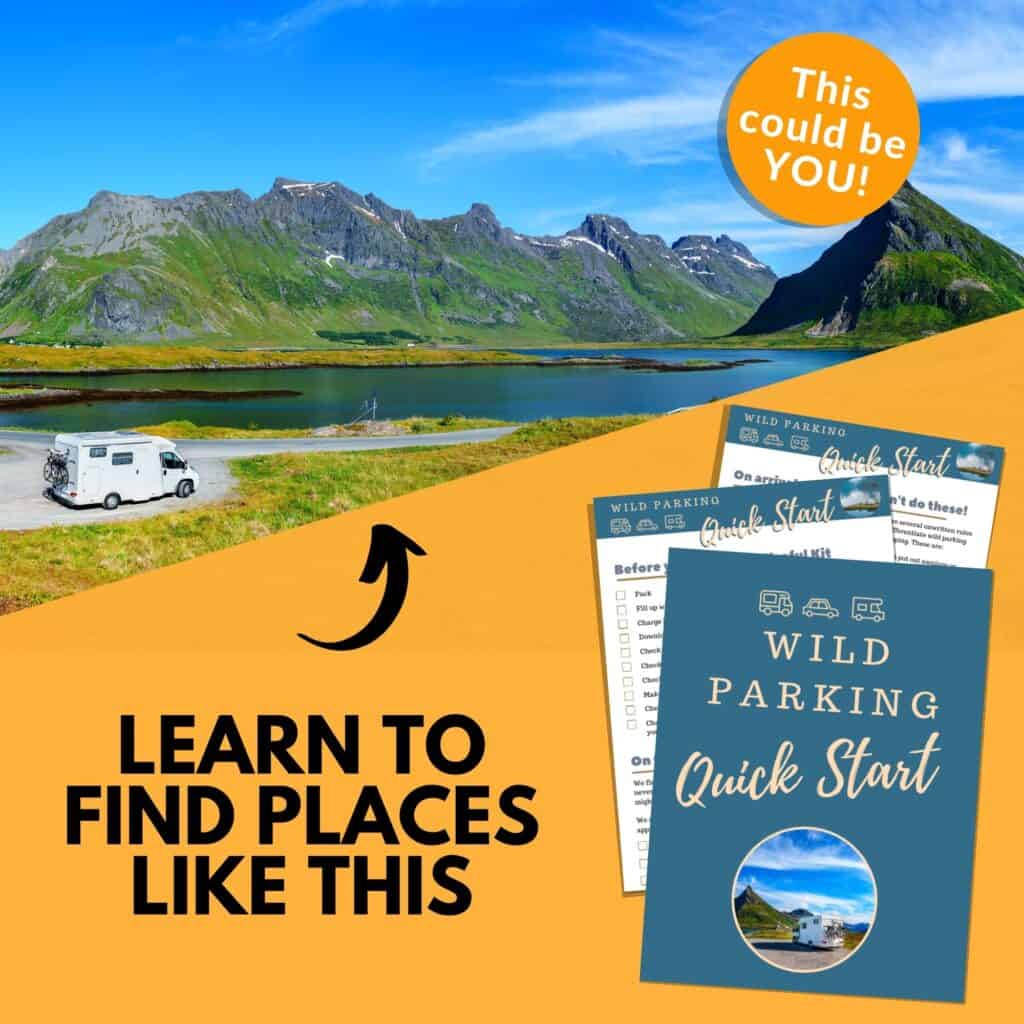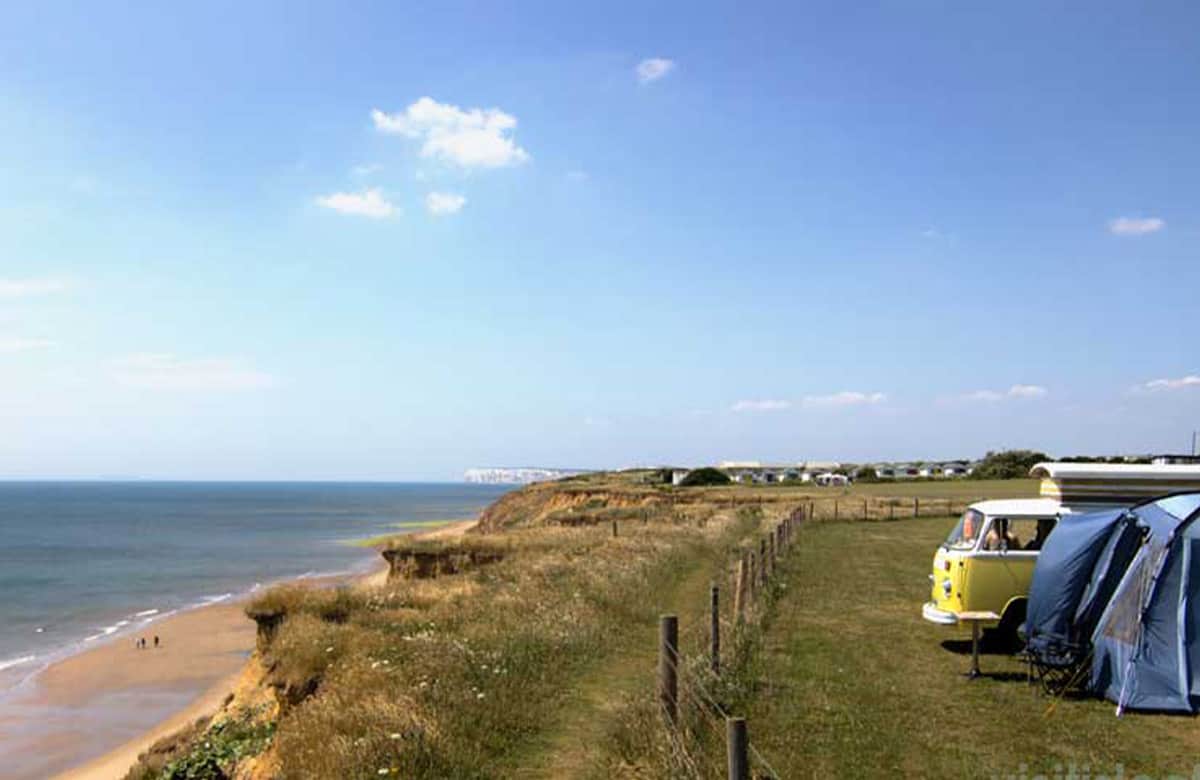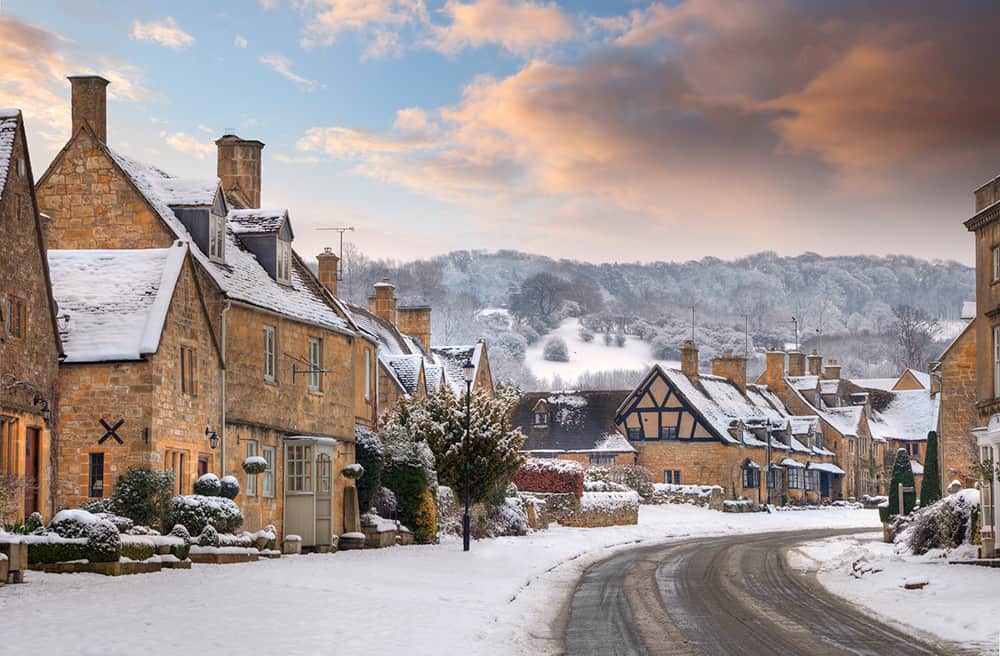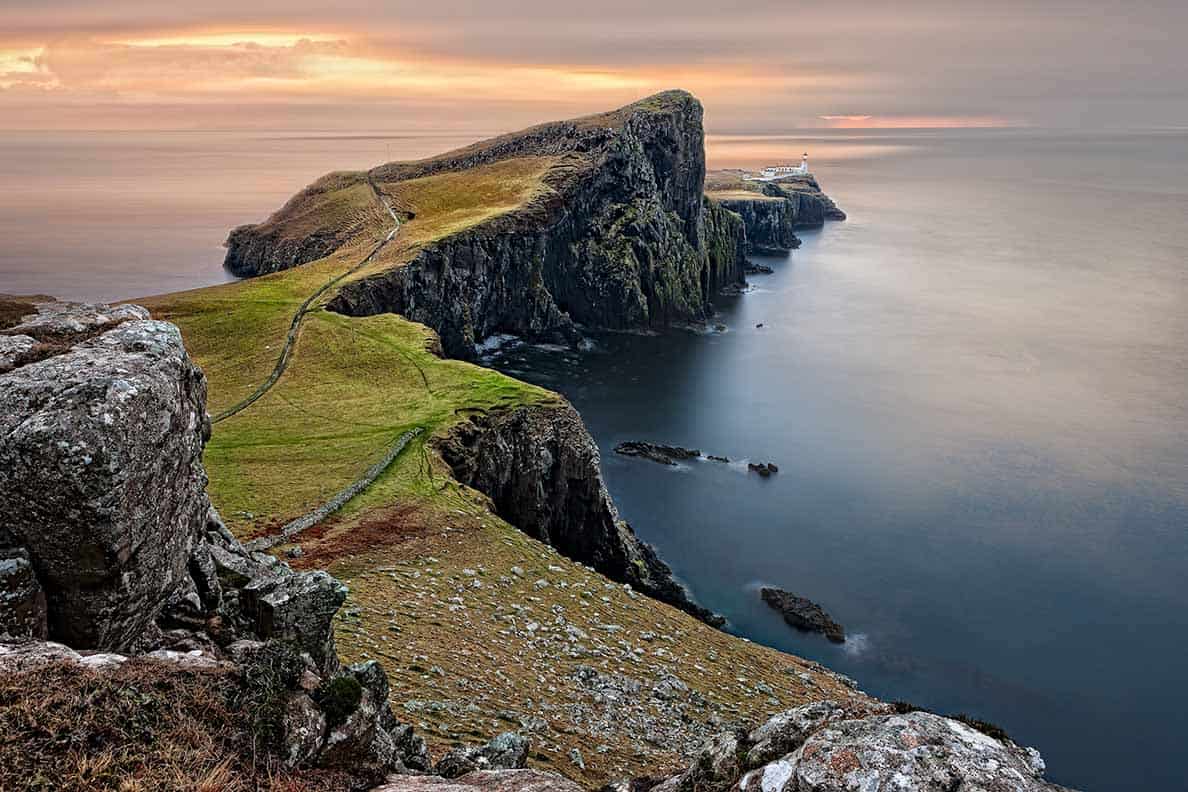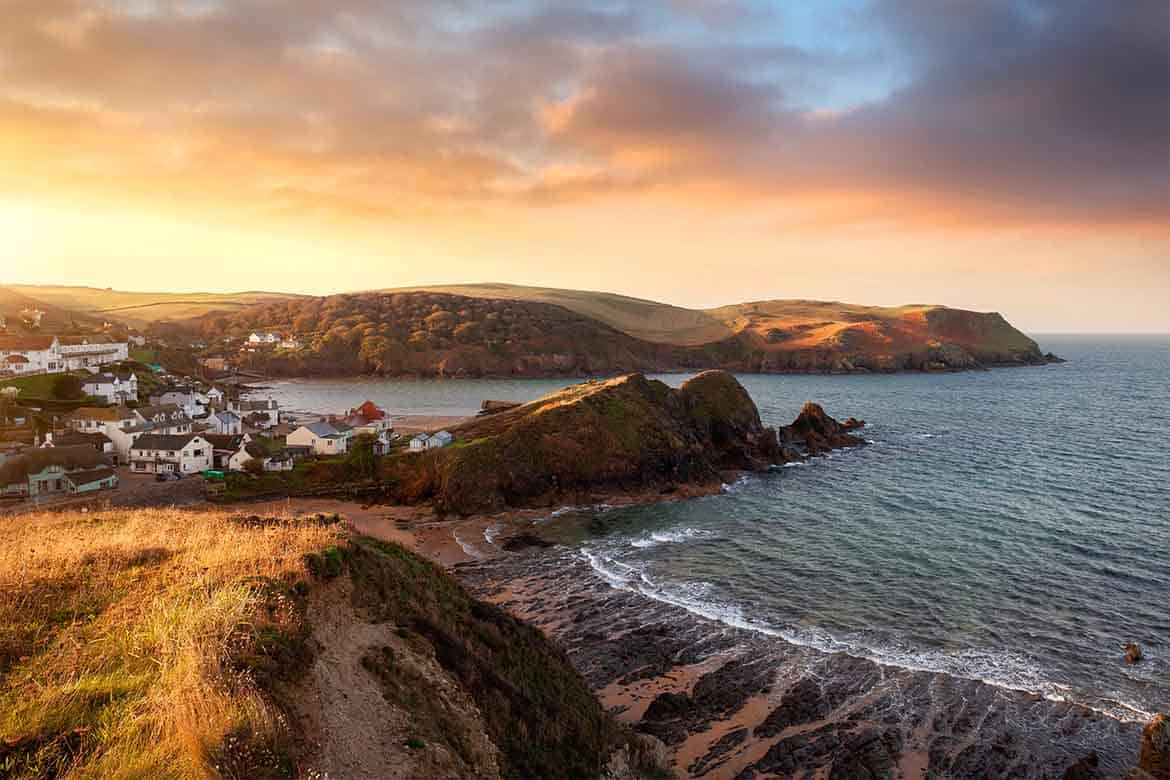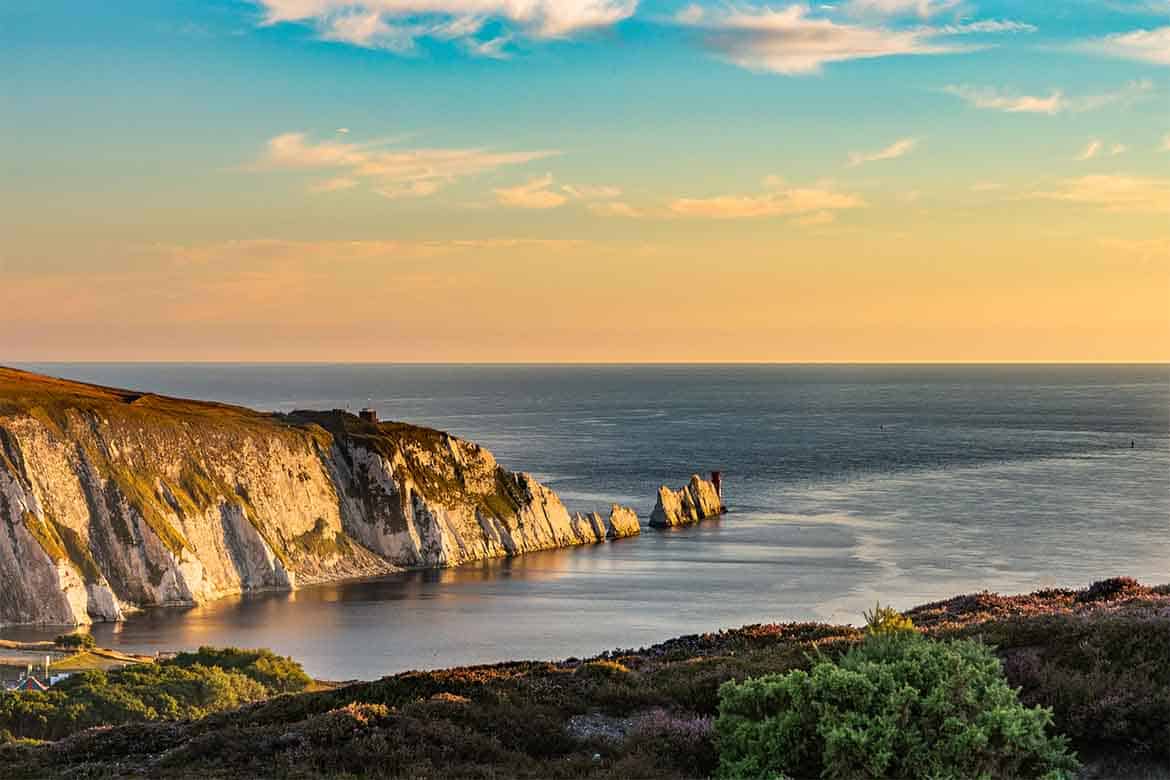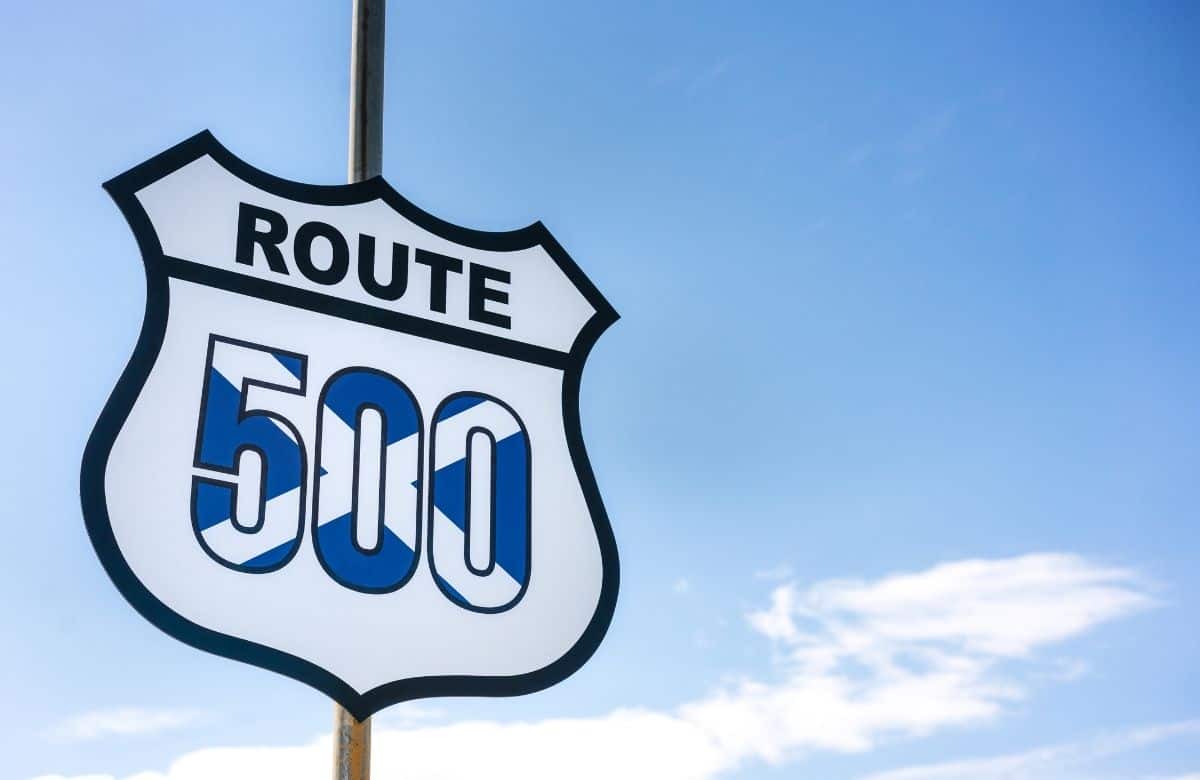Motorhoming & Campervanning in Scotland
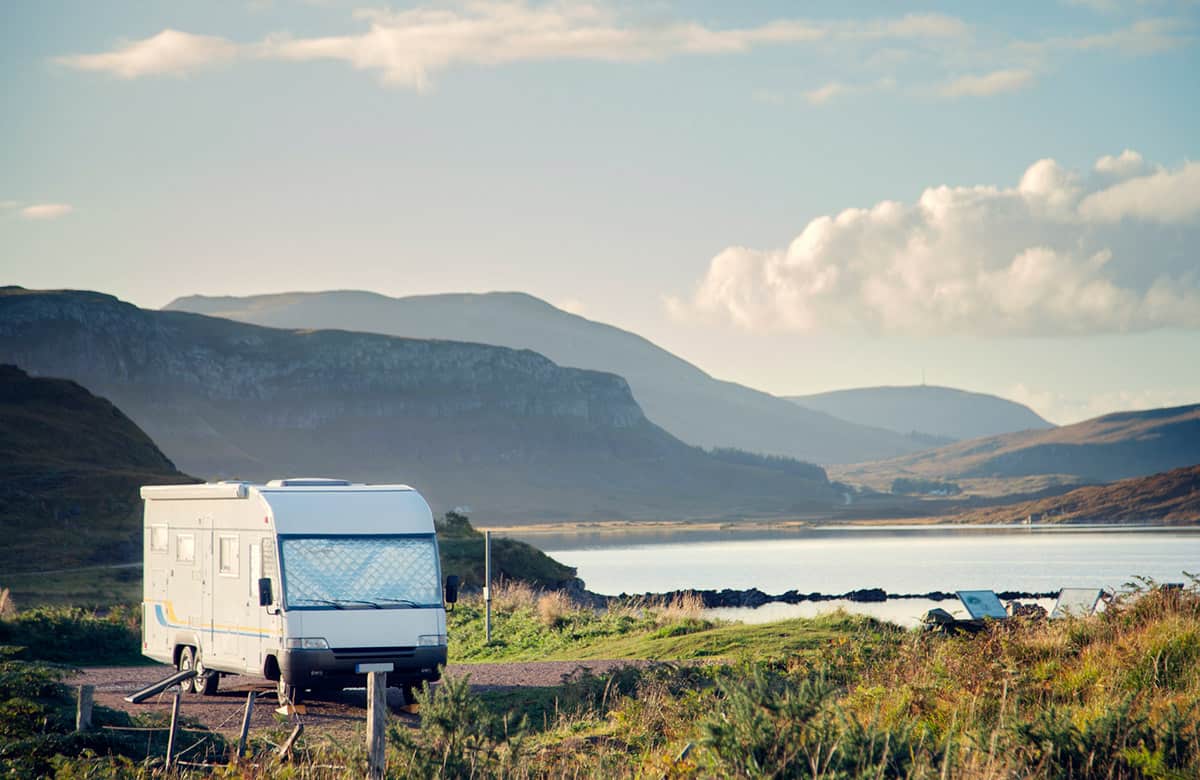
Planning a motorhome or campervan trip to Scotland? Want to know where you can legally park, the rules on wild camping with a motorhome, where you can go and the best places to visit in Scotland with a campervan? Here’s everything you need to know to go motorhoming or campervanning in Scotland.
Don’t forget to download your FREE NC500 itinerary below to help you plan your Scottish road trip.
*We work hard to make this the best motorhome travel blog and road trip website possible, full of helpful content for you. The website is supported by our readers, so if you buy through links on this site we may earn a commission- at no extra cost to you. All opinions remain our own.
If you find this post useful, you can also treat us to a coffee – we promise to enjoy it while creating more useful content like this- we might even indulge in a biscuit (or two!)
JUMP AHEAD TO...
Campervanning in Scotland – why you should go!
Scotland is one of the best places in the UK for a motorhoming or campervanning trip. The scenery, the history and the mix between mountains and beaches just speak to my soul.
You can explore Scotland using public transport, but it’s so much better if you have your own vehicle- whether that’s a motorhome or campervan (our preferred options), or a car, caravan or even motorbike.
One of the best things about being able to explore Scotland on a motorhoming holiday is that you can get a feel for the country in a short space of time.
It’s not a huge country and you can see an awful lot in just 10-14 days on a Scotland Road trip.
In this guide, we’re going to share with you everything you need to know to go motorhoming or campervanning in Scotland, including how to travel to Scotland with your vehicle, the best places to visit in Scotland with a camper, planning your itinerary and route, where to stay on your trip, driving tips and other practical advice to help you have an amazing Scottish road trip.
If this is your first campervanning trip to Scotland , don’t forget to grab your free motorhome travel checklist which will help you plan and organise everything you need.
Motorhoming in Scotland- Where to go
When planning a motorhome trip to Scotland, the first thing you need to do is decide where you’re going (and how long you are going for!)
How long to go for?
If you’re driving to Scotland from within the UK (we’ll cover that shortly), it’s pretty easy to find- just head North!
You can easily visit and explore Scotland for just a few days or a week and it’s quite easy to drive around. Of course, if you have two weeks or longer, you can see a lot more of the country.
How long does it take to drive across Scotland?
Scotland isn’t a huge country and you can drive across it quite quickly if you use the main roads.
As a guide, Gretna Green (right on the southern border between England and Scotland) to John o’Groats (on the northern coast) takes about 7 hours (360miles) (Average speed 51mph)
It’s also not a wide country. Oban (west coast) to Edinburgh (east coast) is only 124 miles and will take about 3 hours. (Average speed 40mph)
If you want to plan a route around the North Coast 500, we recommend 7-10 days to enjoy it properly (See our 7-10 day itinerary and route planner for the NC500 here.)
TOP TIP: As you can see by those timings, you will NOT be driving at motorway speeds for most of the country. The roads are often small and slow. Don’t underestimate how long a journey will take you, especially if you’re in a larger vehicle like a motorhome or campervan.
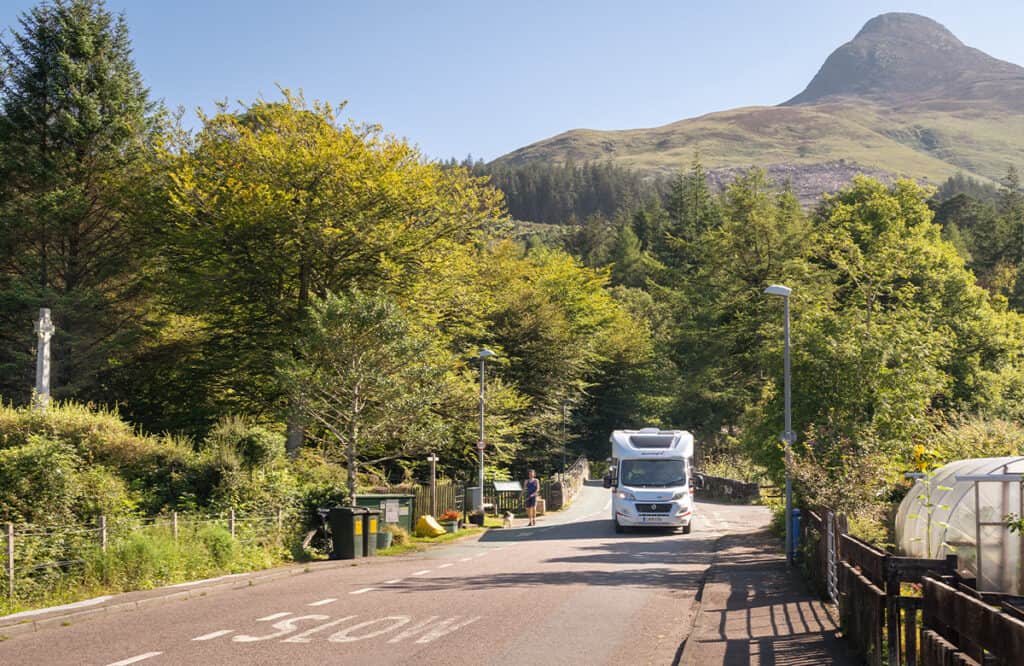
Best places to visit in Scotland in a campervan
Some of our favourite places to visit in Scotland include:
- Loch Lomond and the Trossachs (be careful of the rules for wild camping with a motorhome in Scotland)
- Isle of Skye- you can see most of it in 2 days (get our FREE Isle of Skye itinerary for motorhomes)
- John o’Groats- touristy, but you have to visit at least once i
- Edinburgh- especially the castle and Arthur’s seat
- The Cairngorms- The biggest National Park in the UK
- Drive the NC500– some of the best scenery and beaches in Scotland
- The SW300 and many other most scenic roads in Scotland
- Any of the whisky distilleries
- Orkney- you can do a day trip to Orkney with your camper
If you enjoy reading books before a trip, here are some we recommend for Scotland:
 Take the Slow Road: Scotlan...Shop on Amazon
Take the Slow Road: Scotlan...Shop on Amazon Lonely Planet Scotland (Tra...Shop on Amazon
Lonely Planet Scotland (Tra...Shop on Amazon Scotland The Best 100 Place...Shop on Amazon
Scotland The Best 100 Place...Shop on Amazon Scotland The Best 100 Place...Shop on Amazon
Scotland The Best 100 Place...Shop on Amazon Explore & Discover Scotland...Shop on Amazon
Explore & Discover Scotland...Shop on Amazon DK Eyewitness Scotland: ins...Shop on Amazon
DK Eyewitness Scotland: ins...Shop on AmazonSee more fun and practical motorhoming books we recommend reading
And, of course, you HAVE to watch the series Outlander (or read the books!) – it’s a wonderful way to learn about the history while enjoying some eye candy 😉
When is the best time to visit Scotland?
Scotland is worth visiting at any time of the year, but for different reasons. It never gets crazy warm- top temperatures in August only average 19c and it can (and does!) rain whenever it likes. So always bring appropriate clothing, layers and a coat!
Spring in Scotland
Spring is lovely- as long as it’s after April. The moors and fields are full of Spring flowers and the views are beautiful.
Although technically Spring starts on 21 February, the weather doesn’t really warm up until end of April/ May- average temperatures in May are 15c Avoid the Easter holidays if you can- prices get hiked up then and it can get very busy.
Summer road trips in Scotland
Summer is great temperature wise… but there are 2 big downsides to summer- crowds and midges.
Scotland gets VERY crowded in the summer holidays (July and August)- especially around the big cities and attractions, like Edinburgh, Loch Lomond and anything to do with Harry Potter.
Also, famous routes like the NC500 become over-crowded with campervans and motorhomes trying to find places to stay (we’ll deal with that shortly.)
Having said that, the Edinburgh Military Tattoo (held in August) is well worth the cost and crowds- it’s a wonderful experience.
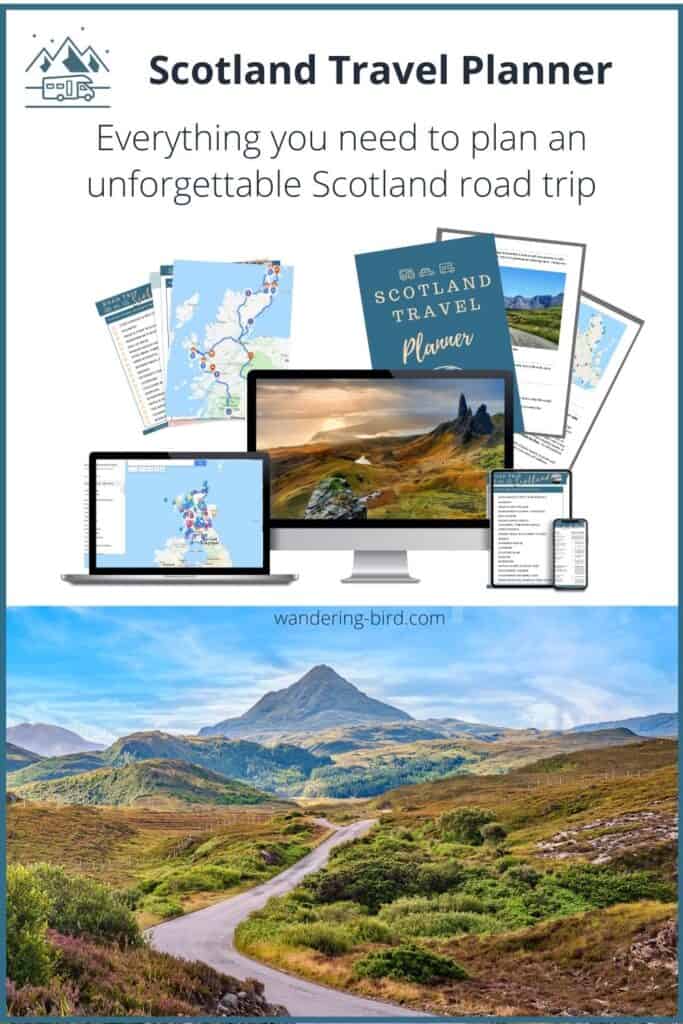
Planning a trip to Scotland?
We’ve done the hard work for you!
Grab our complete Scotland travel planner and get:
- 80+ ideas for places to visit
- Maps and itinerary suggestions
- Routes and things to see along the way
- Tips, customs and much much more!
Midge season in Scotland
Never heard of midges? Visit in summer and you will! Midges are flying insects. Scotland has a type called biting midges, which are active between May and September (temperature dependant.)
However, the very worst time is July and August where it’s almost impossible to get away from them.
I cunningly married a man who attracts midges, mosquitos and everything else (smart, huh?!) and he got bitten horrendously when we were in Scotland in July.
However, even I (who rarely gets bitten and normally sits there smugly while he complains) was attacked by these terrors. So DEFINITELY get some decent protection.
The best one we’ve found is Avon Skin So Soft- no idea why, but it really does work!
Autumn in Scotland
Autumn is actually our favourite time to go campervanning in Scotland. The days are still long and (hopefully!) warmish, the leaves look amazing as they change colours, and the crowds from summer have gone.
Roads are clearer and there are still enough hours in the day to explore and see things.
Oh, and if you’re REALLY lucky, you can even see the Northern Lights in Scotland as early as September.
The weather will be chilly from the end of October into November and many places close at end of October, so do your research if there’s something specific you want to do or see.
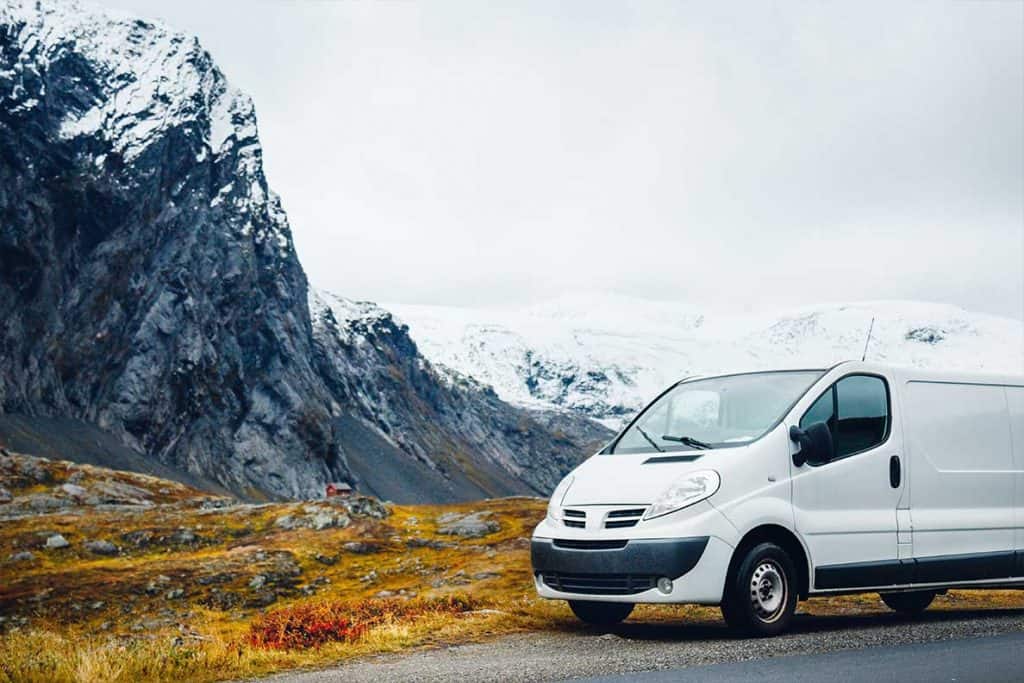
Winter campervanning in Scotland
I’ll be honest, winter in Scotland starts around the end of November and runs until April. It gets COLD, there will be snow and you’ll need to prepare your van and yourself with appropriate gear. Campervan heating is going to be essential! The days are also shorter, so you’ll have less time to explore.
Having said that, there are some reasons to visit Scotland in winter, despite the weather, snow and many places being shut.
The best time is Hogmanay (New Year’s Eve). The festivities and parties are legendary, especially in Edinburgh and there’s almost guaranteed to be music and dancing at a pub near you.
Planning a driving route to Scotland
Honestly, it’s not hard to find Scotland- just drive north from anywhere in England! 🙂
From Dover to the Scottish border takes about 6 and a half hours (385miles). The quickest route is to use the motorways- A2/M2/M25/M11/ A1(M)
You could also use the M40/M6, but be warned that the traffic around Birmingham is often awful and it only gets worse on the M6. If you go this route, go as early as possible and avoid rush hours.
Some top tips for route planning:
- Avoid driving in rush hour where possible (usually 7-9am and 4-6.30pm)
- Try to avoid driving on the weekends or on bank holidays- LOTS of traffic
- Alternatively, get up early and do as much driving as possible before the traffic hits, then stop and have a nap somewhere safe- a huge advantage of having a motorhome or campervan with a bed with you!!
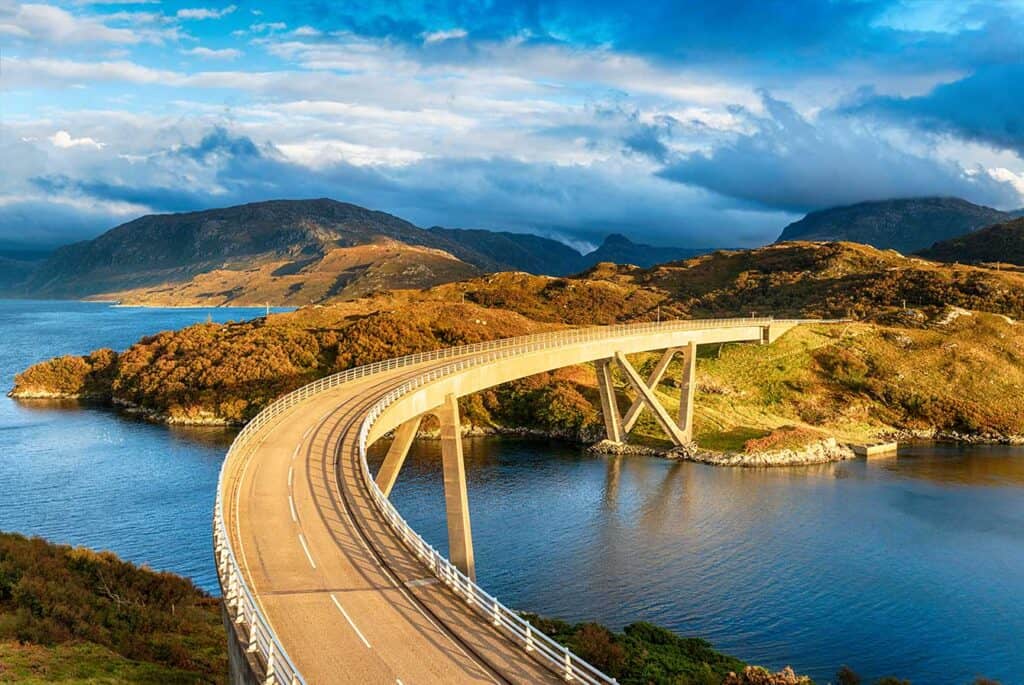
Can I drive to Scotland in the Winter?
Yes, you can. Generally the major routes are open all year. However, the UK is notoriously bad at dealing with snow and adverse weather (although Scotland is admittedly better than England).
At the first sign of snowfall, expect drivers to do the craziest things, including but not limited to driving at 3mph, driving down the middle of the road, stopping unexpectedly, taking 17 hours to decide if they’re turning and generally forgetting all common sense (I’m British, I’m allowed to say this stuff ?)
Borders / Customs in Scotland
Scotland is part of the UK. There is no ‘hard border’ between England and Scotland- you can just drive right across. If you are going on a ferry, you may be required to show some ID, but otherwise you don’t need any.
Scotland uses GBP (sterling) as currency. You might receive banknotes with ‘Bank of Scotland’ on them. These are legal tender in England and Wales too. But you do NOT need ‘Bank of Scotland’ bills- Bank of England is fine.
Bringing a dog/ pet into Scotland
If your dog is England or Wales based, you can travel with them into Scotland without any paperwork, although we always recommend carrying microchip details and details of their innoculations, just in case.
If your dog is NOT UK based, you will need to carry:
- Microchip details
- Proof of rabies vaccination/ Pet Passport
- Proof of Tapeworm treatment – must be given between 1 and 5 days before crossing into Britain. The treatment is not necessary if you travel DIRECTLY from Finland, Ireland, Malta or Norway. You do NOT need a second tapeworm treatment for travelling into Scotland if you have already been in England or Wales for more than 5 days.
READ MORE: Taking your dog into Europe after BREXIT- new rules to follow
Hiring a motorhome or campervan to tour Scotland
If you don’t have your own vehicle, or don’t want to drive to Scotland, you can easily fly in and hire one. Just make sure to ask how to get from the airport to the rental agency- not all of them are at the airport itself and you might need to book a taxi.
To rent a vehicle in Scotland you must:
- be at least 21 years old, (certain car categories may require older) Some hire companies have a maximum age limit of 75.
- have had a driving licence for more than one year
- show identification (identity card for EU citizens or a valid passport for other nationalities)
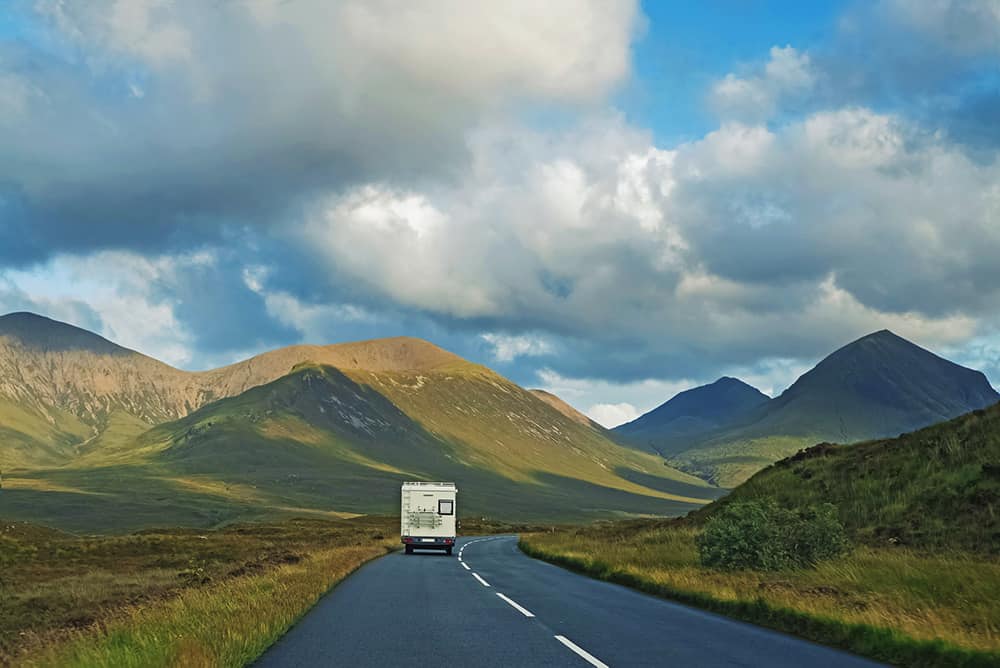
You can expect to pay from around £50/ day for a small campervan in June out of peak season. Many of the van rental periods ask for a minimum of 5 nights, so be sure to ask the right questions so you know what to expect from your motorhome or campervan rental
NOTE: The UK and Scotland use 230 V and the frequency is 50 Hz. All power sockets are type G 3-pin. Remember to bring appropriate adaptors for your electronic devices.
Want to rent a vehicle for your road trip?
These might help:
READ: 10 essential questions to ask before you rent a motorhome
Motorhome rules in Scotland- what gear do you need to carry?
Unlike motorhoming in France or many countries in Europe, there is NOT a list of equipment you MUST carry in your vehicle for any of the countries in the UK.
That being said, it makes sense to carry this safety gear with you:
- Warning triangle
- Headlight beam converters– if you have a European vehicle. These must be fitted before you drive in the UK. (If you have a vehicle which allows you to adjust the beam automatically for UK driving, you won’t need these.)
- A spare wheel (and tools to change it!), or a tyre repair kit.
- If you wear glasses you should carry a spare pair
- Crash helmets are mandatory for motorbike/ moped riders and passengers
NOTE: Hi-vis reflective jackets are NOT legally required in Scotland (or the UK) but they are in both France and Germany, so you’ll need them if you go there.
Snow chains or winter tyres are not compulsory, but we highly recommend them if visiting Scotland in winter.
TOP TIP: You can save a lot of money buying this kit in advance. See the latest deals and best prices on essential gear here
What documents do you need to road trip in Scotland?
If you’re driving in Scotland, you need to carry the following documents:
- Passport (or identity card if from Ireland)
- Driving licence (check it is in date!) An EU driving licence is accepted
- Vehicle registration document/ V5 logbook. (See below)
- Campervan or Motorhome Insurance documents
- Breakdown cover
- Vehicle must be legally taxed and MOT’d
- Personal travel insurance
You also do not need a green card, IDP or trailer certification if you are UK based. If you are based outside of the UK, please ask your insurer to confirm what they need to provide to make sure you are covered (it varies from country to country.)
Many UK residents choose not to carry their vehicle registration documents with them, as a safety measure against theft/ break-in.
However, you may be asked to present yourself with the document at a police station within a few days. If you cannot do this (if you live outside mainland UK), then you should carry the registration document with you.
Tolls or Vignette in Scotland
You’ll be pleased to know that Scotland does not have a vignette system and there are currently no toll roads. You can just turn up in your vehicle and drive.
Touring Scotland in a campervan- Other useful things you might need
We’ve been touring Europe in our motorhome for several years. We’ve tried all sorts of kit- some useful, some not so much.
Here is a list of things we highly recommend when motorhoming in Scotland, but which are NOT essential:
- Motorhome WiFi– learn our favourite way to get internet on the road
- Toll pass (see below)
- TV- If you’d like TV in your motorhome or camper, here’s how to get it.
- Motorhome sat-nav– get one you can enter your motorhome dimensions into, like these
- Motorhome security camera– this thing is GOLD for allowing us to go exploring and leave the van for a short time.
- Solar panel- perfect if you want to wild camp in Scotland with your motorhome
- Inverter- a motorhome wild camping essential
- An awesome motorhoming logbook to record and remember your adventures!
Motorhome Stopovers and Overnight camper parking in Scotland
Like most countries in Europe, there are several types of places where you can stop with your motorhome or campervan overnight in Scotland
- Campsites
- Aires
- Free/ approved motorhome parking schemes
- Wild Camping (we’ll talk more about the legality of that shortly)
Campsites in Scotland for Motorhomes and Campervans
Campsites in Scotland are much like other campsites anywhere around Europe. Some are very rustic, whereas others are incredibly well-equipped with pools, entertainment and more!
They’re pretty easy to find, especially if you’re a member of ACSI or have a book!
You normally don’t need to book in advance unless you’re visiting in peak season, are going to a VERY popular one (like Edinburgh or Loch Ness) or are visiting during a festival/ event.
If you plan to use a lot of campsites, we recommend joining one of the UK’s biggest motorhome clubs, where you can get discounted fees on your campsite bookings. You can save the money to cover a year’s membership in just 5 nights.
Be aware that many campsites close at the end of the season, some as early as mid September and don’t re-open until Easter. So do your research, especially if you’re travelling out of season.
READ MORE: Here are some of the best campsites on the North Coast 500 for motorhomes and campervans
Aires in Scotland
An Aire is an approved motorhome and campervan overnight parking place. There are aires in Europe all over the place and using them is common for motorhomers and campervanners.
READ MORE: Learn how we find and use aires and approved free overnight motorhome stopovers across Europe
However, Scotland, like most of the UK, does NOT have a system of aires in the way you might be expecting.
There ARE some places which might be considered an aire, but they are more like car parks and very few have services, even if they do allow motorhomes and campervans to park overnight.
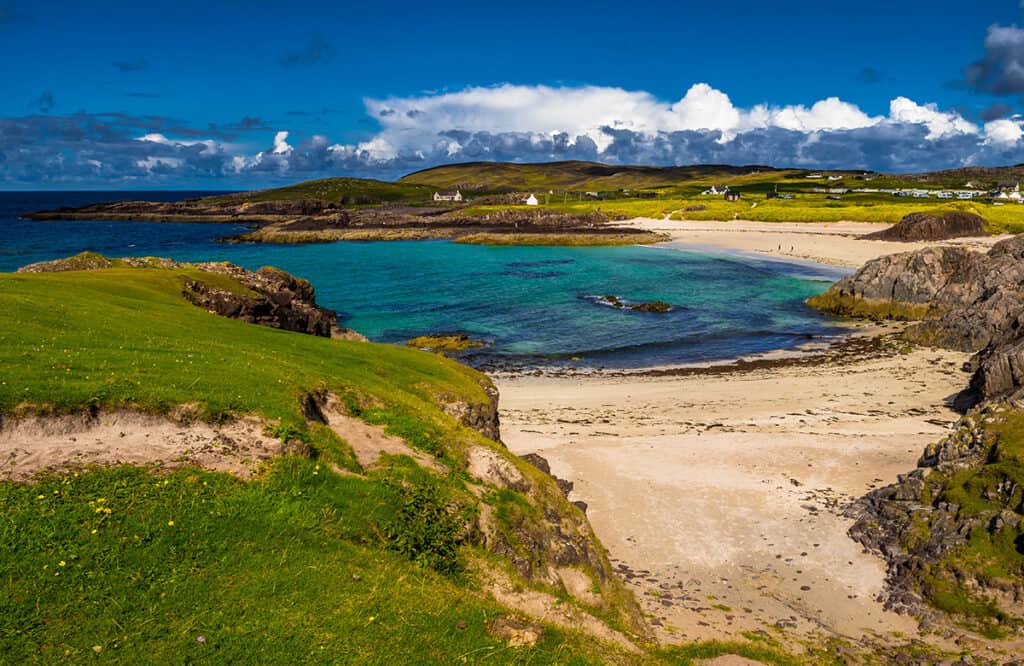
CS/ CL sites in Scotland
Instead of aires, there are a network of small campsites (maximum 5 pitches) which are all over the UK.
The services provided vary from place to place, but you CAN book them in advance (you can’t with aires) and many of them offer electric hookup, waste disposal and the ability to get fresh water.
These are our preferred option when we’re touring Scotland in a van. To get the most of them, you’d need to join one of the motorhome clubs in order to get details, although you can book into some without being a member by phoning them directly.
Some of these sites have a minimum number of nights which must be stayed, especially in peak season, but prices can be as low as £10 or £15/ night, so cheaper than a campsite.
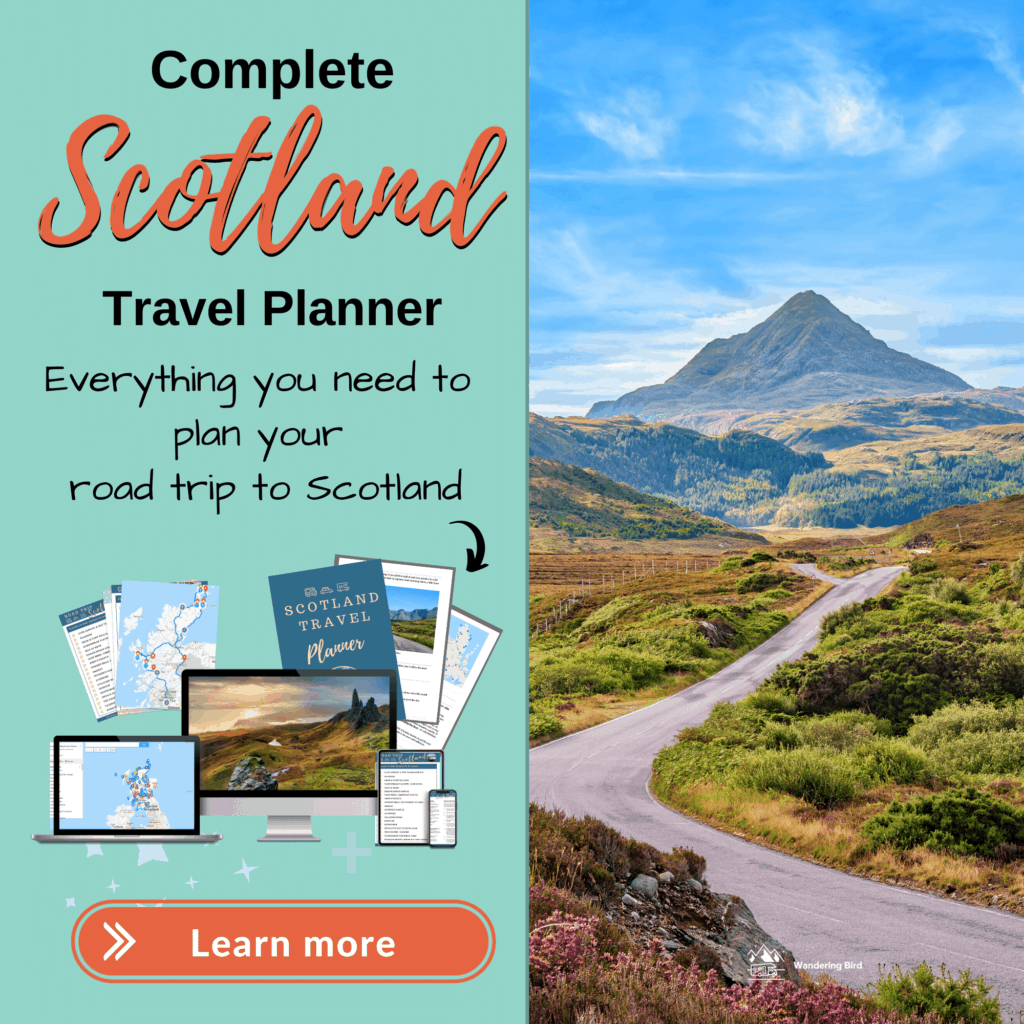
Want more tips for motorhoming?
Here are some more ideas you might find useful:
- Essential Motorhome accessories every van should have
- Best Sat-nav for motorhomes or campervans
- Motorhome Security– tips for at home and on the road
- How to get Internet & wifi in a motorhome
- Europe- essential gear for travelling to Europe
- Best gift ideas for motorhome and campervan owners
Want FREE checklists, eBooks and additional tips to help? Visit our resource page
Other Approved Motorhome and Campervan stopover schemes
The Scottish government are working to create a better system for visiting motorhomes and campervans. They tried a temporary option using Forestry sites for overnight stays, and are discussing creating aires.
There is a scheme in the UK called Brit Stops, which connects motorhomers and campervanners with pubs, restaurants, cafes and local businesses who are prepared to allow overnight parking (with little or no facilities), in exchange for you spending money at their business- buying a meal in the pub or restaurant, spending money in the market or shop.
There are some wonderful places and it’s a great way to meet locals and get an insight into the local area, so well worth looking into.
Wild camping in Scotland for motorhomes and campers
Ok, let’s talk about wild camping in Scotland for motorhomes and vans.
Usually, I am the first person to promote and encourage responsible motorhome wild camping. We enjoy it immensely and have done it across most of Europe with any issue.
Scotland has long been a destination for campervanners and motorhomers looking to stay off-grid, despite the fact that wild camping in Scotland is not a ‘right’ (a bit like if you go campervanning in Norway)
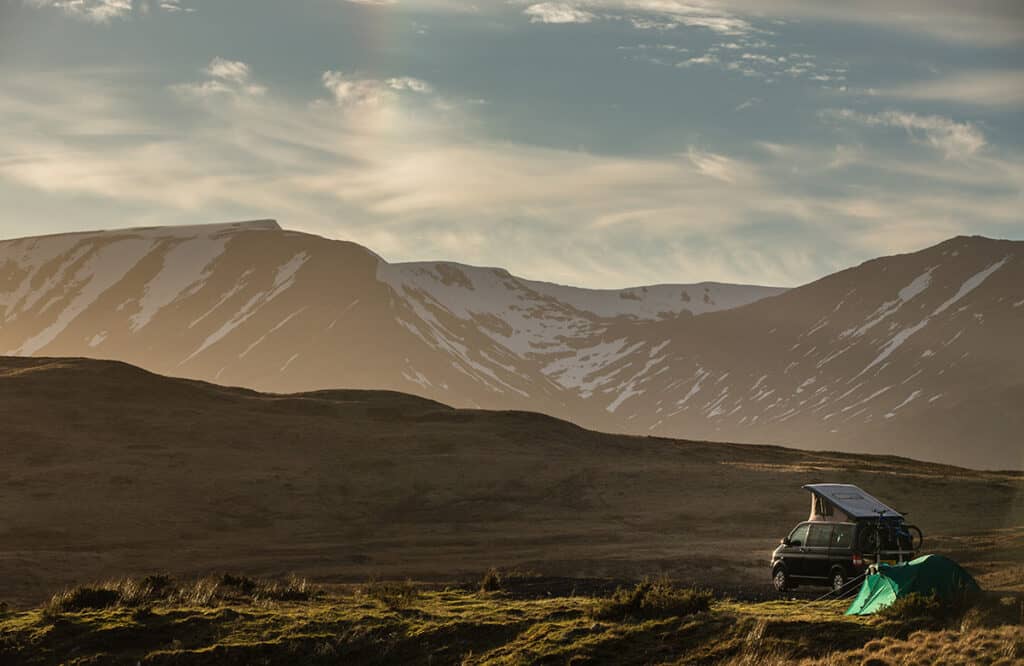
However, the country has been overwhelmed by the sheer numbers of vans in recent years (much like wild camping with a motorhome in Portugal) and they have had to deal with years of abuse and mistreatment.
The problem with many of the campervans who visit Scotland is that they don’t have their own facilities onboard- and people have been leaving waste (of the humankind and other kinds) all over the place. If you need to find a toilet as you travel, lockdown loo is a great resource.
On top of that, many wild camping spots don’t have any facilities, so people have been leaving piles of rubbish and even emptying their chemical toilets into bushes or over the countryside.
Times this by thousands upon thousands of vanlifers and it’s no wonder the Scottish government are trying to protect their country.
Motorhome wild camping guides for the UK & Europe
For information on how to find good wild camping places, WHAT to do when you’re there and how to stay safe, check out our step-by-step guide for motorhome wild camping in the UK and Europe, complete with database of 250+ overnight spots we’ve stayed with our motorhome.
Don’t forget to grab your free wild camping checklist here
Is wild camping / free camping legal in Scotland for campervans and motorhomes?
The first thing to understand is that there is a difference between ‘overnight parking’ and ‘wild camping’ when it comes to motorhomes and campers.
Usually (and I know I’m definitely guilty of this), we say ‘wild camping’ when what we actually mean is parking up overnight, and then moving on again in the morning.
Overnight parking means no awnings, outdoor furniture, BBQs, motorhome generators, washing lines or anything OUTSIDE the vehicle.
It is not illegal to park up overnight in a safe and appropriate location and stay inside your van. Lorry drivers do this all the time.
The problem comes when people are not choosing places which are safe or appropriate AND then they don’t move on in the morning (that’s the new wild camping law). Or they put out washing/ chairs/ awnings etc and ‘camp’ for a few days.
Wild camping with a motorised vehicle is NOT allowed in Scotland- and the locals are getting more and more upset with the damage and mess left behind.
So, at the moment, until better facilities are in place, we don’t recommend wild camping in Scotland with a motorhome or campervan- use one of the campsites, CS or CL locations and avoid any unpleasantness.
READ MORE : How to wild camp with a motorhome or campervan in Scotland
Wild Campervanning in Scotland’s National Parks
If you are travelling well out of season and are in a very remote location which is not anywhere near the NC500, you might be ok with finding an overnight parking place.
However, bear in mind that most of the National Parks have byelaws which completely prohibit overnight parking for motorised vehicles in any form unless at an approved location or with a permit.
Also, it is often forbidden to light a fire in these areas, unless in an official fireplace. Please be sure to read the byelaws carefully.
Video of motorhome wild camping in Scotland laws
If you’d like to see the video of the laws about wild camping with a van in Scotland, watch this. NOTE: This was filmed before the effects of the pandemic were fully realised- tensions have risen quite a lot since then and locals are a lot less tolerant.
We hope you found the video useful. If you did, we’d love it if you followed us on Youtube. New videos with tips for motorhoming and campervanning in the UK and Europe are released weekly.
Driving tips for Scotland
Scotland has a good road network. Most places can be reached by motorhome or camper, but there are a few roads which are not suitable for larger vehicle or anything over 3.5t.
Some basic rules for driving in Scotland:
- Scotland drives on the LEFT, like everywhere in the UK, but opposite to most of Europe
- Overtake on the right (NEVER undertake)
- Seat belts are obligatory for all passengers.
- Children under 12 who are under 135 cm (4 ft 5 in) tall should use a child seat appropriate for their weight.
- Speed limits are shown by a circular sign, with a red border and number (in miles per hour)
- The use of the horn is prohibited in built-up areas from 2330 to 0700 hours.
- Farm animals or wildlife are common on rural roads- always take care, especially at night
- At some junctions you might see criss-crossed yellow lines painted on the road. Do not stop in these boxes- stop before them and do not enter until the exit is clear.
- Many buses in the UK have cameras on the back; do not drive in bus lanes- you will be fined.
- Hands-free calling is allowed, but it is strongly discouraged. Handheld calling will attract a hefty fine.
- There is NO rules for headlights to be switched on during the day.
- Police cars, ambulances & fire engines always have priority- they could use flashing blue, red or green lights and sirens or flashing headlights. Pull safely to the side of the road and let them pass.
- Roundabouts are common in Scotland. Give way to vehicles from your right, and turn left on entering the roundabout.
- It is common for very rural roads to be single track, with passing places. These places are NOT parking spots- do not leave your vehicle here, you will block the road. But make note of them as you drive as you may need to reverse to the last one if you meet oncoming traffic (a motorhome reversing camera is a godsend in these situations.)
- Scotland does NOT have on-the-spot fines for driving offences. You will either be asked to report to a local police station within a set period of time, or the fine will arrive through the post.

Planning a trip to Scotland?
We’ve done the hard work for you!
Grab our complete Scotland travel planner and get:
- 80+ ideas for places to visit
- Maps and itinerary suggestions
- Routes and things to see along the way
- Tips, customs and much much more!
Speed limits in Scotland
Motorway signs are blue with white writing. Other road signs are green or brown for places of interest.
Speed Limits for vehicles under 3.05t are as follows (unless otherwise signed!)
- Motorways- 70mph (112km/h)
- Major roads/ dual carriageways- 70mph (112km/h)
- Outside built-up areas- 60 mph (96 km/h)
- Built up areas- 30 mph (48 km/h)
Many residential areas have speed limits as low as 20mph 32 km/h), especially near schools.
Speed limits for vehicles over 3.05t
- Motorways- 70mph (112km/h)
- Major roads/ dual carriageways- 60 mph (96 km/h)
- Outside built-up areas- 50 mph (80 km/h)
- Built up areas- 30 mph (48 km/h)
Speed limits for vehicles towing a caravan or trailer
- Motorways- 60 mph (96 km/h)
- Major roads/ dual carriageways- 60 mph (96 km/h)
- Outside built-up areas- 50 mph (80 km/h)
- Built up areas- 30 mph (48 km/h)
You can see speed limits for all vehicle categories in the UK here
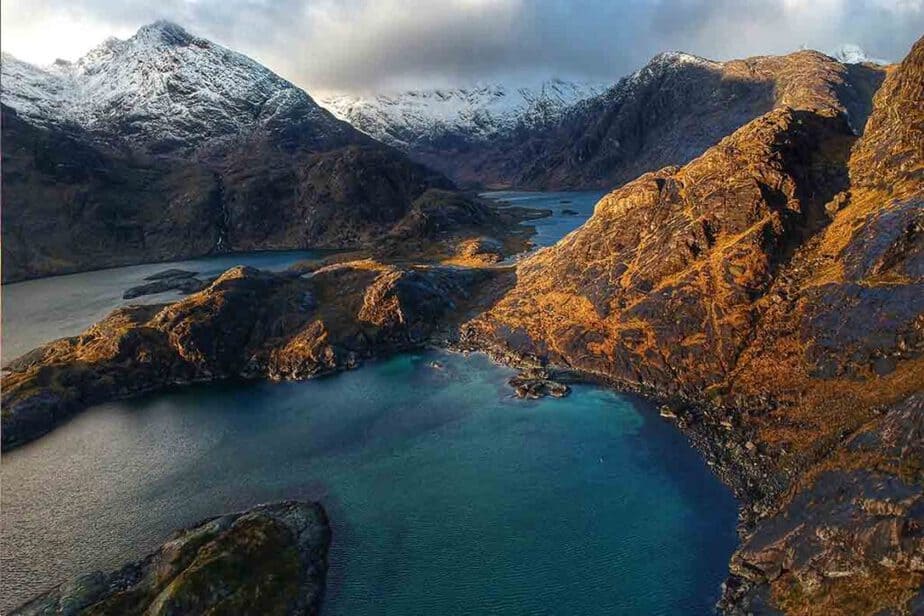
Speed cameras in Scotland
There are many speed cameras in Scotland. Pay attention to your speed- fines are not as severe as if you were campervanning in Switzerland, but they are still pretty high.
Drink driving laws
Driving under the influence of alcohol is taken very seriously in Scotland and the UK. Scotland only allows 0.5 milligrams of alcohol per millilitre of blood. As always, don’t drink and drive.
Driving in Scotland- what to do in the event of a road traffic accident
You should have a European Claim Form provided by your insurer before you leave. In the event of an accident, all parties complete and sign the form at the scene and then send a copy to your insurer for assessment.
What to do at the scene:
- Stop your vehicle immediately but safely- out of the flow of traffic if possible.
- If a vehicle is blocking the road, use hazard lights and put the red warning triangle 30 metres from the scene to warn approaching traffic- do NOT do this on motorways
- Exchange your details with the other involved parties. Be sure to get:
- Name and address of all the people involved in the accident
- Vehicle registration numbers of all parties
- Insurance company details of all parties
- Take photos of damage using a camera, GoPro or phone
For more details, read our step-by-step guide on dealing with a road traffic accident in Europe
Petrol/ Diesel
There are plenty of fuel stations across Scotland, although they are less common in rural areas. We recommend not letting your tank drop below half-full and filling up when you can if you are driving into remote areas, like around the NC500. As with everywhere, you’ll find the prices slightly higher on the motorways.
Petrol – Unleaded 95 ‘premium unleaded’ /unleaded 97 ‘super unleaded’. Green handles on pump
Diesel is called… diesel. Black or yellow handles on pump
Some places are 24h pay at the pump (mainly near cities), but many require you to go into the shop and pay the cashier either in advance or after you’ve filled up- there will be a sign to tell you what to do. (Leave your car in front of the pump and make a note of the pump number.)
You can pay using cash or a credit card. European visa cards are usually accepted- remember you will pay the exchange rate. Many places do NOT take American Express.
Getting LPG in Scotland
LPG (GPL) can be found at selected petrol stations. If buying from a petrol station, you may need to wait for an attendant to turn the system on for you.
You can find places which sell LPG using MyLPG.eu
Remember, if you don’t have refillable gas bottles, you will be unable to buy a gas bottle which fits straight onto a European system- you will need a UK pigtail.
UK filling stations mostly use a bayonet type attachment which requires an adaptor for use with other European LPG vehicle connectors. Make sure that you have a suitable adaptor before travelling.
LEARN MORE: Learn how we find LPG in Europe for our motorhome
More useful things to know when campervanning in Scotland
Some more tips to help you enjoy your time touring in Scotland.
Phone Dialling Code: +44
Capital: Edinburgh
Emergency Numbers: 999 will get you police, fire, ambulance and coastguard. Also, 112 (the European emergency number) will also work in the UK
Language– The official language of Scotland is English. Gaelic is also spoken and you may see signs in Gaelic.
Currency– GBP (£ sterling) You can exchange money at banks or many post offices or travel agents. There are also a multitude of ATMs available.
Cards– most major credit and debit cards are accepted. American Express is only taken in large stores (often not at fuel stations)

Planning a trip to Scotland?
We’ve done the hard work for you!
Grab our complete Scotland travel planner and get:
- 80+ ideas for places to visit
- Maps and itinerary suggestions
- Routes and things to see along the way
- Tips, customs and much much more!
Timezone– GMT. During summer, the country adopts British BST – Summer Time (UTC +1), which usually ends in the last week of October.
Tipping- Tipping is not expected but appreciated. 5% – 10% in restaurants is standard if you are happy with the service.
Shops– Many normal shops close at 5.30pm, with bigger supermarkets often open until 10pm. Many small shops will not be open on Sundays, but bigger supermarkets and garages may be open for about 6 hours (often from 10-4pm)
Some of the local Scottish dishes to try include:
- Tattie Scones- also called potato scones. They’re not ‘scones’ with cream and jam, but like potato bread, which is traditional with ‘proper’ breakfasts. Talking of which
- Scottish Breakfasts- sausages, bacon, black pudding, tattie scones, baked beans, fried eggs, mushrooms… yum
- Haggis (sheep parts including lungs, heart etc), which is mixed with oatmeal, suet, and seasonings and then cooked in a sheep’s stomach. I’ll be honest, I’ve never tried it…
- Cullin Skink- a hearty soup made with Finnan haddock (smoked haddock), potatoes, and onions. Also known as smoked haddock chowder in other parts of Britain.
- Cock-a-leekie soup- basically a soup with whatever’s to hand thrown in.
- Scottish Shortbread. Traditional biscuits, sweeter than oatmeal cookies- very buttery and sugary. Delicious!
Campervanning in Scotland- security
We highly recommend paying extra attention to your motorhome security when travelling in Scotland. You might even wish to fit an extra camper habitation door lock and never leave your vehicle unattended in an unsecure area.
READ MORE: Essential tips for protecting your van at home and on the road
Touring Scotland with a dog
Scotland is pretty dog friendly and there are plenty of places to walk with them both on and off-lead. They’re allowed inside many restaurants, pubs and cafes- usually just ask if there isn’t a clear sign.
They are not allowed into public places like museums, but are usually welcome on trains and most public transport with a lead.
Don’t forget how hot it gets in summer and to make sure your dog is comfortable. Do NOT leave them in your motorhome or camper on a sunny day- vans heat up just like cars do. Here are some tips to keep your dog cool on a road trip.
Using a drone in Scotland
You are allowed to take and fly your drone in Scotland, but it is a legal requirement for all drones weighing between 250g and 20kg to be registered and flown by competent pilots.
The UK Civil Aviation Authority works hard to balance drone users with other airspace users and have lots of information and tools to help. Find out more here.
READ MORE: What’s the best travel drone (and how to choose)
We also recommend getting the Drone Assist app on your phone or iPad, which will tell you where you can/ cannot fly.
Other posts you might find useful:
- North Coast 500 motorhome tour– route and ideas
- The best NC500 motorhome campsites
- Motorhoming in Europe- complete guide
- Unmissable road trip ideas for Europe
- The best logbooks to record and remember your road trip
- Essential motorhome checks to do before you travel
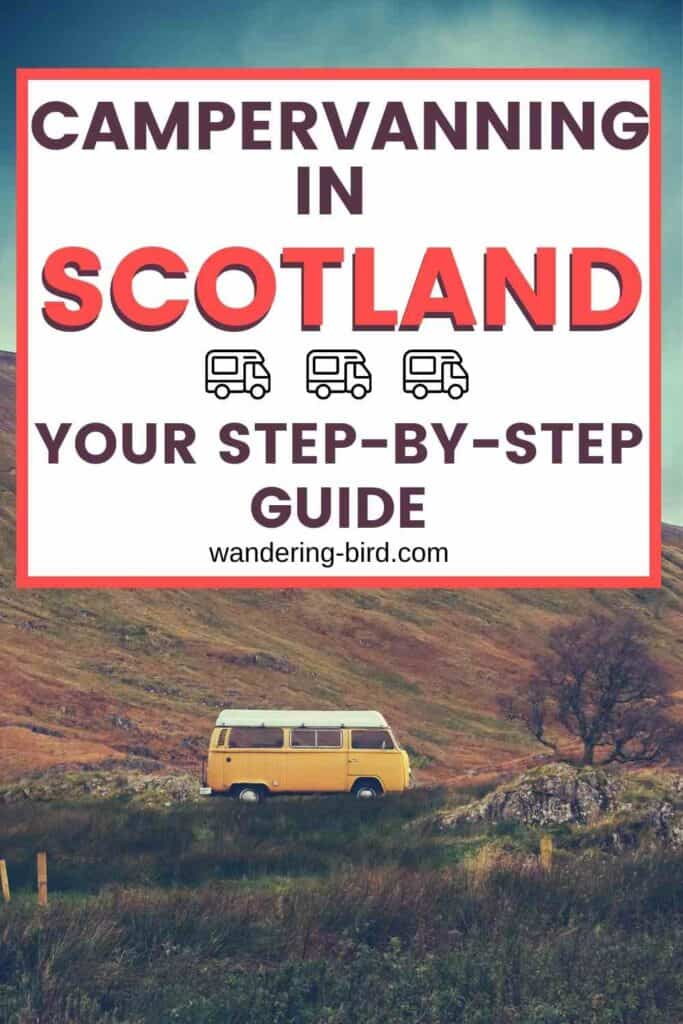
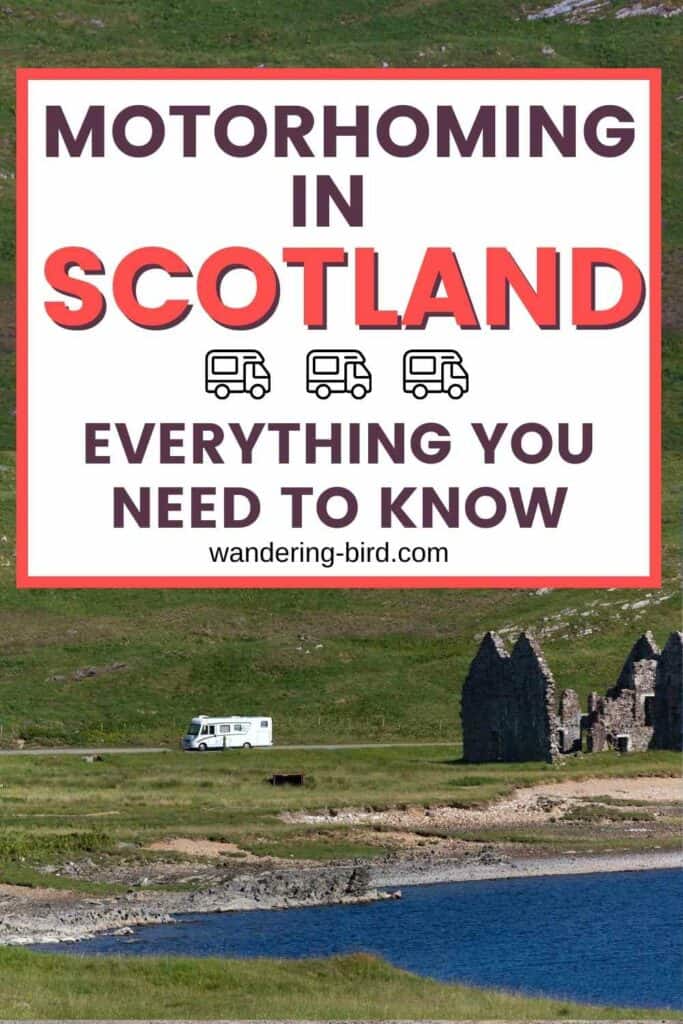

Kat never planned to buy a motorhome. She also never planned to quit her job as an air traffic controller, go touring around Europe in said motorhome, start one of the UK’s largest motorhome travel websites… or get a cocker spaniel.
Find out how she went from stuck in the rat race to being a digital nomad and inspiring thousands of people to have their own epic adventures here.
If you’d like to connect with Kat, send her an email or follow her adventures on social media.
Last update on 2024-04-19 / Affiliate links / Images from Amazon Product Advertising API





